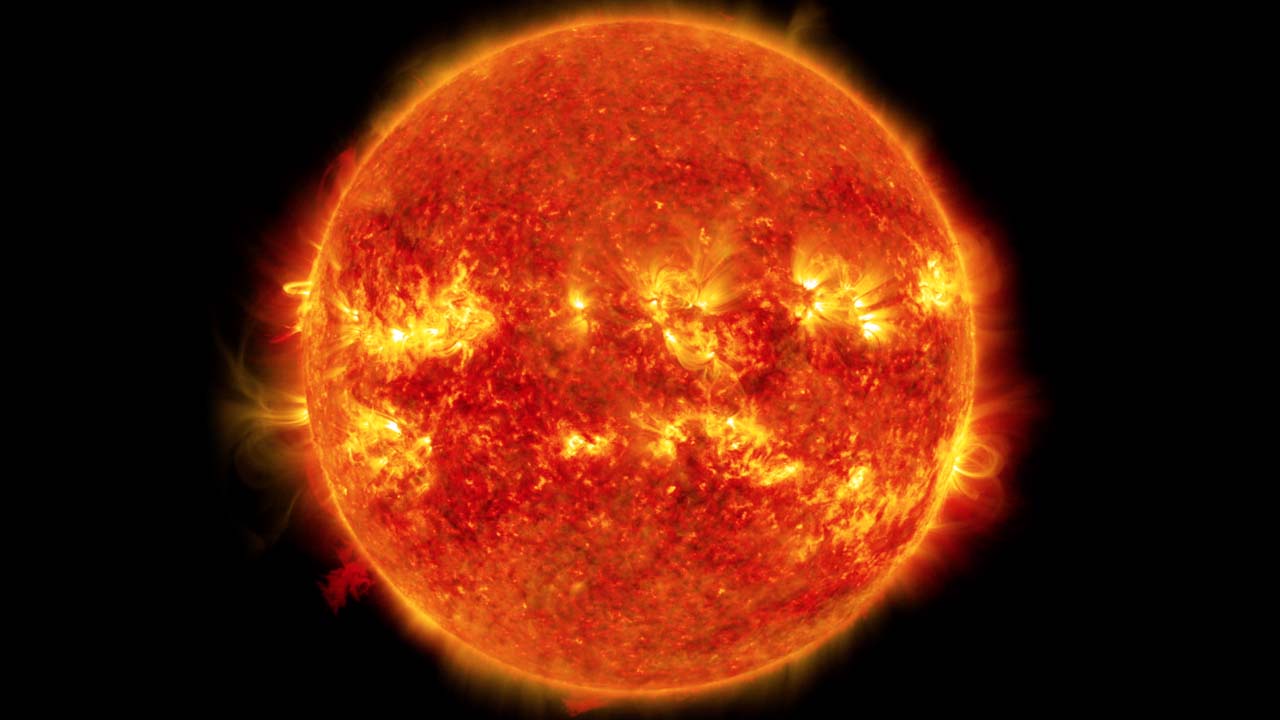Solar Exposures

See a five-year time-lapse of the sun.
As kids, we’re taught to not look directly into the sun. Now, a time-lapse video created from observations by NASA’s Solar Dynamics Observatory, or SDO, spacecraft provides an opportunity to catch up on what we’ve been missing. Since its launch in 2010, the spacecraft has captured images of the sun 24 hours a day in specific wavelengths of light that allow scientists to see solar material of different temperature as well as changes to the sun’s surface and atmosphere. The time-lapse video features more than 5,000 images taken by SDO over the last five years. The images are spaced eight hours apart, which is too infrequent to catch fast-moving bursts like solar flares, but allows a close look at solar activity taking place over longer timescales. Watch the video to see five years in the life of our sun.
In this video, the color of the sun corresponds to SDO observations captured in different wavelengths of light.

The loops above the bright regions seen in this image are arcs of plasma that follow magnetic field lines flowing out and back into the sun.

The black splotches above are coronal holes, areas where the sun’s magnetic fields lines do not return to the sun, but extend out into space.

The dark scar in the lower half of the sun is a solar filament, a string of relatively cool gas in the sun’s atmosphere.
Credits
Please give credit for this item to:
NASA's Goddard Space Flight Center
-
Writer
- Kerry Klein (USRA)
-
Scientist
- William D. Pesnell (NASA/GSFC)
-
Producer
- Genna Duberstein (USRA)
-
Video editor
- Genna Duberstein (USRA)
Release date
This page was originally published on Tuesday, March 10, 2015.
This page was last updated on Tuesday, November 14, 2023 at 12:19 AM EST.
